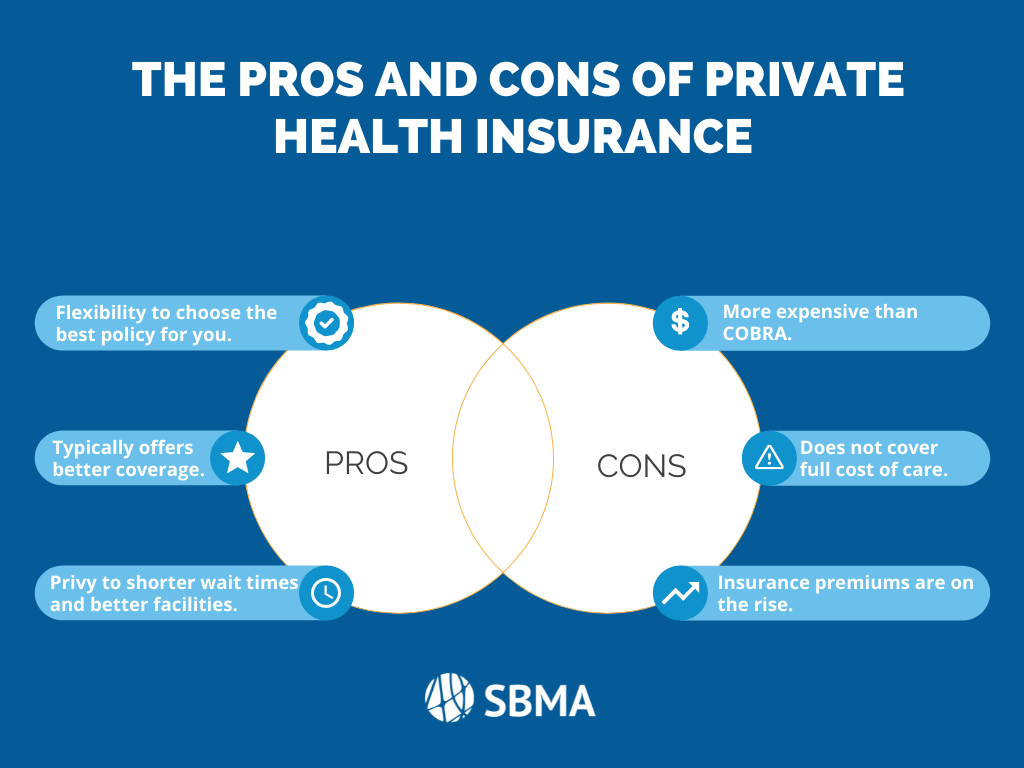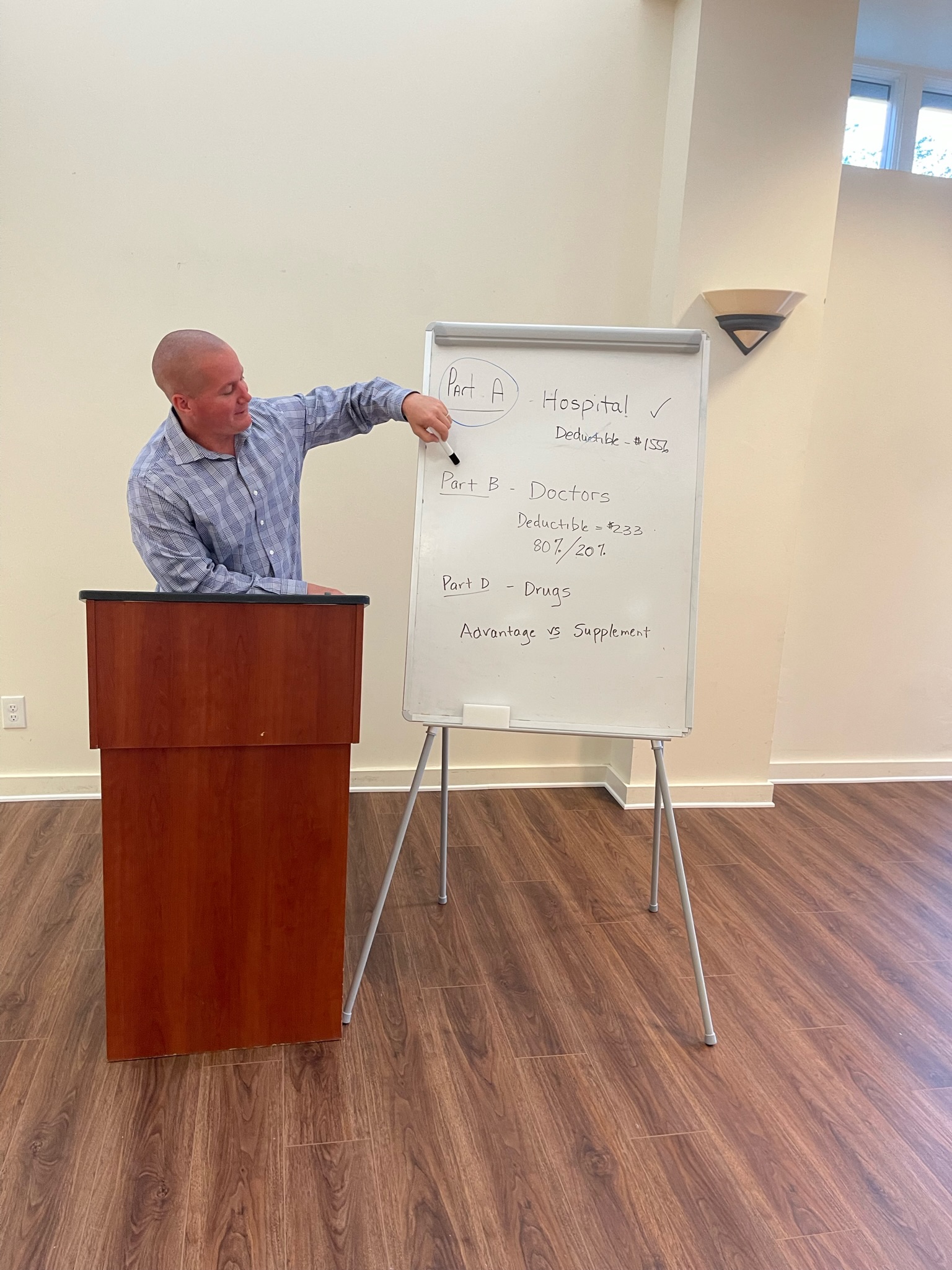The Basic Principles Of Medicare Advantage Agent
The Basic Principles Of Medicare Advantage Agent
Blog Article
Some Of Medicare Advantage Agent
Table of ContentsSome Known Incorrect Statements About Medicare Advantage Agent Not known Facts About Medicare Advantage Agent8 Easy Facts About Medicare Advantage Agent Described


follows from confusing the puzzling young age profile of account uninsured with the better healthFar better health and wellness average, of younger persons. For those without access to office health insurance coverage, inadequate health and wellness is a prospective barrier to acquiring nongroup coverage since such insurance coverage may be highly priced, omit preexisting problems, or be merely inaccessible. Unless or else noted, nationwide estimates of individuals without wellness insurance policy and percentages of the populace with various kinds of protection are based on the CPS, the most widely utilized resource of estimates of insurance protection and uninsurance rates.

The Medicare Advantage Agent Statements
The partnership in between health insurance policy and accessibility to care is well developed, as recorded later in this phase. The relationship in between health insurance coverage and health results is neither straight neither easy, a substantial medical and wellness solutions research study literature links health insurance protection
to improved access to care, better much betterHigh quality and improved boosted and population health statusStanding The second record, on individual health end results for uninsured grownups, is represented by the innermost circle of the figure, while the third record, on family wellness, includes the topics of the second record yet emphasizes a different device of evaluation, namely, the family.
In addition, it concentrates especially on those with no medical insurance for any length of time. The issues dealt with by the underinsured are in some respects similar to those dealt with by the uninsured, although they are typically much less serious. Uninsurance and underinsurance, however, entail noticeably various plan problems, and the methods for addressing them may vary. Throughout this research and the five reports to comply with, the major focus is on individuals with no wellness insurance coverage and thus no help in spending for wellness treatment beyond what is offered through charity and safeguard organizations. Medical insurance is an effective element influencing receipt of treatment because both individuals and doctors respond to the out-of-pocket cost of services. Health insurance policy, however, is neither necessary neither sufficient to acquire access to medical services. The independent and direct impact of health
insurance insurance policy protection access to health wellness is well establishedDeveloped Others will certainly acquire the healthcare they need also without medical insurance, by paying for it out of pocket or seeking it from suppliers that supply treatment cost-free or at very subsidized prices. For still others, medical insurance alone does not make certain invoice of care due to various other nonfinancial barriers, such as an absence of healthcare providers in their community, limited access to transport, illiteracy, or etymological and cultural differences. Formal research regarding uninsured populations in the United States dates to the late 1920s and early 1930s when the Committee on the Cost of Healthcare created a collection of records about funding medical professional workplace gos to and hospital stays. This concern came to be significant as the varieties of medically indigent climbed throughout the Great Anxiety. Empirical studies continually support the web link between access to care and improved health and wellness end results(Bindman et al., 1995; Starfield, look at this site 1995 ). Having a routine source of care can be taken into consideration a predictor of access, instead of a straight step of it, when wellness end results are themselves utilized as access indicators. This extension of the notion of gain access to measurement was made by the IOM Board on Keeping An Eye On Access to Personal Wellness Treatment Provider(Millman, 1993, p. Whether parents are insured appears to impact whether or not their youngsters get treatment in addition to just how much careeven if the children themselves have coverage(Hanson, 1998). The wellness of moms and dads can affect their capability to take care of their youngsters and the level of family members stress and anxiety. Fretting about their children's access to care is itself a source of stress and anxiety for moms and dads. 3 phases follow in this record. Phase 2 offers a summary of how employment-based medical insurance, public programs and individual insurance plan run and interact to offer comprehensive however incomplete insurance coverage of the U.S. population. This includes a review of historic fads and public laws affecting both public and exclusive insurance coverage, a discussion of the communications among the various kinds of insurance coverage, and an examination of why individuals relocate from one program to another or end up

Report this page